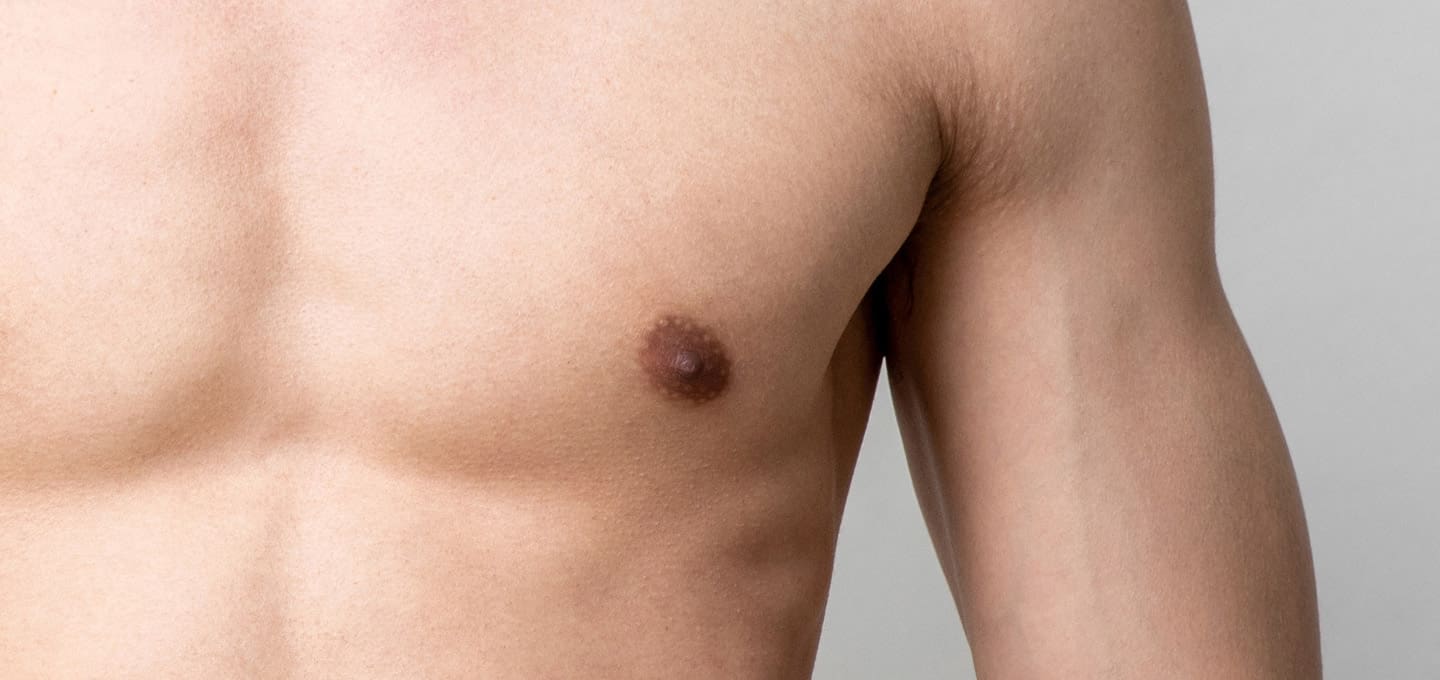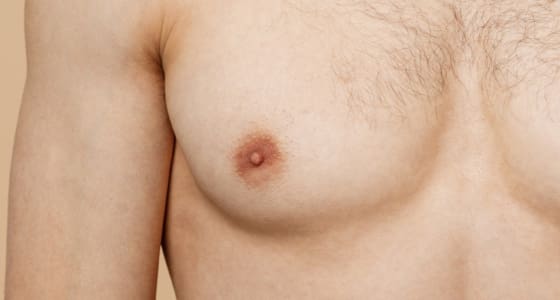Inverted nipples can be classified into different grades based on the degree of inversion:
1. Grade 1: The nipple can be easily pulled out and temporarily becomes erect, but it retracts back into the areola when released.
2. Grade 2: The nipple is more difficult to pull out and may not stay erect for long. It can be partially or fully inverted most of the time.
3. Grade 3: The nipple is severely inverted and rarely, if ever, everts outward. It may appear as a small slit or depression on the surface of the areola.
Inverted nipples are usually harmless and not a cause for concern. They can be present from birth (congenital) or develop later in life due to factors like breastfeeding, hormonal changes, or scarring from surgery or trauma. In some cases, inverted nipples can make breastfeeding more challenging, but with proper techniques and support, many women with inverted nipples are able to breastfeed successfully.





